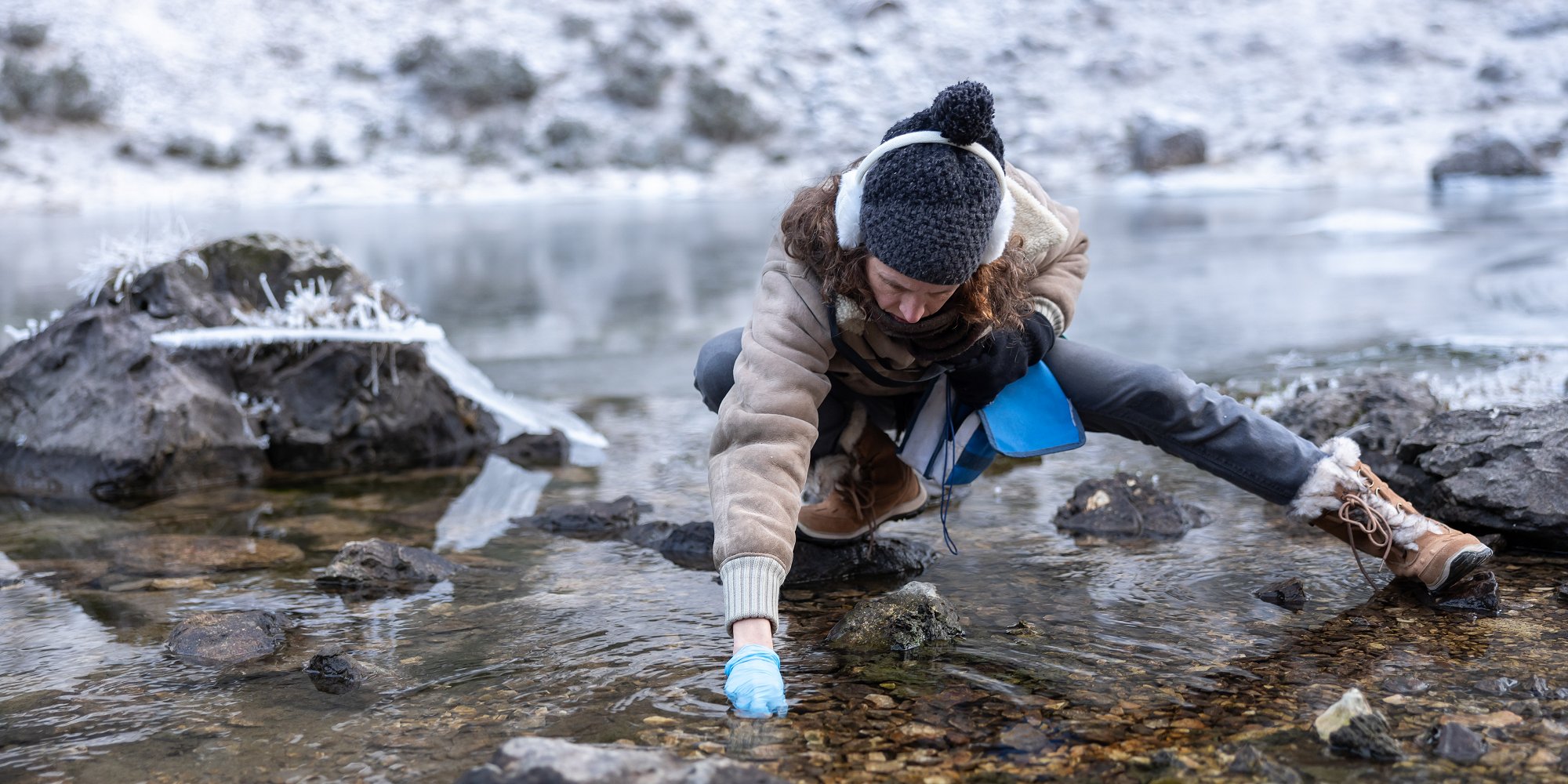A bipartisan consensus exists that permitting for U.S. infrastructure projects needs to get faster. This is especially true for the new energy infrastructure required to meet dramatically accelerating demand for electricity. New rules from FERC and CEQ are designed to hasten permitting, but much more is needed.
The use of environmental DNA (eDNA) would dramatically speed the biological surveys that are often the slowest part of the Environmental Impact Statement (EIS) required by the National Environmental Policy Act. EISs take 4.5 years on average, with 25% requiring more than six years. Even without any other changes to the permitting process, eDNA would often be a cheaper, faster, and more accurate substitute for traditional biological sampling methods. In the spirit of expediting the EIS process while deploying the best available technology, this needs to change, and is likely to require the direction of Congress.
This new technology is possible because all animals, plants, and other organisms leave behind a trail of DNA, called eDNA, which can be collected with only a water sample. Current biological survey methods require the capture, killing, and preservation of organisms in the field, followed by months to years of painstaking examination of individual specimens to identify them. With the ease and greater sensitivity of eDNA, it is possible to go from a water sample to a more comprehensive list of species, including estimates of their abundance, in a few days to weeks. The existing trade-off between fast permitting and protecting the environment could disappear.
To drive widespread adoption of eDNA, however, federal agencies must embrace this new technology. There are at least 18 federal offices or bureaus that can have authority over EISs. Currently, the research operations of a few of these agencies, e.g., NOAA, EPA, USFS, have invested in eDNA research and development, or encouraged the use of eDNA by third parties, e.g., BOEM. Rarely, if ever, however has the biological component of an EIS relied on eDNA in the absence of traditional methods.
In the context of EISs for offshore wind proposals, BOEM’s 2023 guidance for EIS fisheries surveys recognized that eDNA’s non-lethality gives it strong advantages over traditional methods, especially where protected species might be harmed by capture or where capture methods like trawling for fishes might impossible for required post construction surveys, e.g., among turbines in an offshore wind farm.
For freshwater applications, eDNA can also save time and money, while producing better outcomes. In the context of road and bridge construction, at least one large environmental consulting firm prefers to use eDNA to screen stream and river crossing for the presence of threatened or endangered species like mussels. Because eDNA is more likely to detect species than traditional visual and capture surveys, this strategy makes it possible to focus quickly on mitigation plans only where the species exists (and to avoid spending more on non-critical habitat). Yet within the USFWS, some regions accept eDNA evidence while others do not, a situation that stymies further private sector investment in the better technology. Similar differences exist among federal agencies.
In both marine and freshwater environments, eDNA surveys can begin as soon as a developer is ready, because, typically, no permits are required to take water samples. This is in sharp contrast to traditional fisheries surveys that may require 1-2 years just to get a permit to start field work for the EIS, and, in any case, are much more expensive.
Per project costs for EIS are typically in the millions of dollars for the federal government and tens of millions of dollars for the project developer. If the use of eDNA delivers even an incremental increase in speed, government efficiency increases, costs to developers declines, and biological accuracy increases.
Fortunately, the White House Office of Science and Technology Policy has recognized the opportunity for this breakthrough technology. Earlier this week, OSTP released the “National Aquatic Environmental DNA Strategy.” The new strategy rightly emphasizes the need for interagency coordination to adopt technical standards that give confidence to private sector investors; increase R&D for continuous improvement in eDNA technology; and adopt eDNA for decision-making. Without an implementation plan, however, the strategy will gather dust instead of disciples.
Three initial steps are critical. First, Congress should encourage agency leaders to commit to implementing the strategy. Second, Congress should incentivize interagency coordination that includes non-federal input to develop standards for eDNA application across agencies, assure continued advances in eDNA technology, and ensure complementary eDNA investments across agencies. Third, appropriations bills should make eDNA research and development a priority for NSF and the extramural grant programs of relevant agencies. Funding should empower initiatives like NSF’s Technology, Innovation and Partnerships to drive the transition of eDNA science into practice via public-private partnerships.
Representative Byron Donald’s H.R. 873 “Water Quality and Environmental Innovation Act” urges the use by EPA of new technologies including eDNA for water quality monitoring. This is a good start, but the opportunities for deploying eDNA for cheaper, faster and better permitting outcomes are broader than water quality and will be most powerful when Congress incentivizes coordination across executive branch departments.
Learn more about David M. Lodge and
follow his monthly sustainability posts on climate, energy, food, and health
